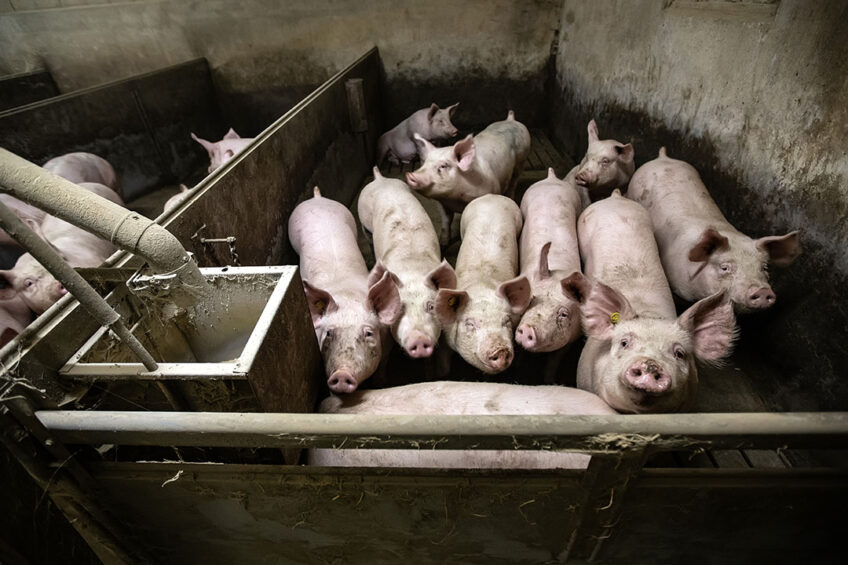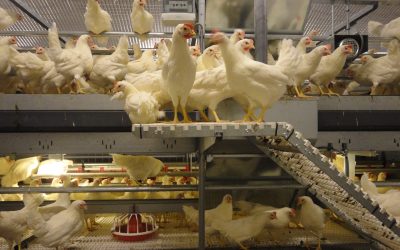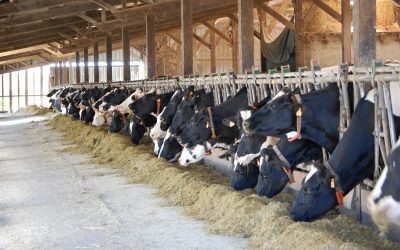Feed efficiency may not be synonymous with cost efficiency

Feed efficiency signifies the cumulative efficiency with which the pig consumes dietary nutrients for the purpose of lean gain, lipid accretion and maintenance.
Feed represents about 60-70% of the total cost of pork production in modern intensive swine industry and within feed, energy represents about 50% of the total cost. There are nutritional strategies that can be implemented to improve feed efficiency and most of these methods have a direct impact on the improvement of pig gut health which ultimately leads to improving feed conversion. Although improving feed efficiency is a good objective, due to its close association with feed costs, actions taken to improve feed efficiency can inadvertently lead to financial losses rather than gains. Therefore, it is essential to clarify at the outset that improving feed efficiency is not synonymous with cost efficiency.
Factors negatively affecting feed efficiency
Feed wastage: Feed wastage including loss to rodents or birds, spoiled feed and feed sorted out and refused by sows has one of the greatest potential impacts on feed conversion.
Gut health: Diseases or irritation caused by parasites to the gastrointestinal tract can limit nutrient absorption, further limiting energy for growth.
Sanitation: Poor sanitation can negatively impact feed efficiency because sows must use energy to fight off pathogens rather than to grow efficiently.
Environment: It is important to maintain a comfortable environment for sows. If the temperatures are higher or lower than optimal, sows use energy to maintain body temperature rather than to grow or build body mass.
Improving feed efficiency
Below we discuss various ways to improve feed efficiency including appropriate feed form, enhanced nutrient density and balanced protein ratio.
Feed form
Feed form including type (pelleted versus mash) and ingredient particle size has a significant impact on sow growth rate and feed conversion. Pelleted feed improves feed conversion over mash diets because application of heat and pressure in the pelleting process physically breaks down chemical bonds in the feeds, making them more digestible. In addition, decrease in ingredient particle size can improve feed efficiency. However, we must be cognizant of herd health as a fine particle size may also contribute to incidence of gut ulceration.
Nutrient density
Increasing nutrient density of the diets improves feed efficiency. This can either be achieved by feeding additional energy (tallow or vegetable oils) or adding enzymes such as phytase, xylanases and β-glucanases to break down indigestible fractions in the diet which increases amino acids, energy, and carbohydrates availability and digestibility.
Balanced protein ratio
Nowadays many of the limiting amino acids are synthetically available in the market and we can improve the digestive efficiency of sows by having a more balanced protein ratio to reduce the plasma urea nitrogen, to increase spared energy to catabolize excess amino acids, and to improve feed conversion.
Feed efficiency versus cost efficiency
The goal of pork production is to consume feed resources efficiently and effectively, and to generate the most favourable net income. Some actions taken to improve feed efficiency may impact some aspects of the enterprise such as feed cost. For example:
Genetic selection solely for improved feed efficiency may reduce growth rate.
Increasing dietary energy concentration enhances feed efficiency, however, it rises feed cost per pig and concurrently decreases net income.
Furthermore, using a more finely ground feed to maximise feed efficiency may cause extra cost of the additional processing, and potential difficulties with diet flowability affecting animal health.
Finally, there is a desire to represent feed efficiency in financial terms including:
feed cost per pig sold,
feed cost per kg of live weight gain,
feed cost per kg of carcass weight gain and
return over feed cost.
However, these terms do not display the influence of growth rate on financial efficiency; therefore, each of the above terms need to be expressed on a per pig place, rather than per pig basis.
A deeper understanding of feed efficiency is critical
There is often disagreement and misunderstanding on how to measure and express feed efficiency and on the best approaches to achieving optimal feed efficiency. A deeper understanding of feed efficiency is critical as it impacts the individual farms profitability. There are nutritional strategies that can be implemented to improve feed efficiency. However, the challenge is to identify the areas that can both provide an improvement in feed efficiency and return a lower cost per kg of gain.
 Beheer
Beheer









 WP Admin
WP Admin  Bewerk bericht
Bewerk bericht